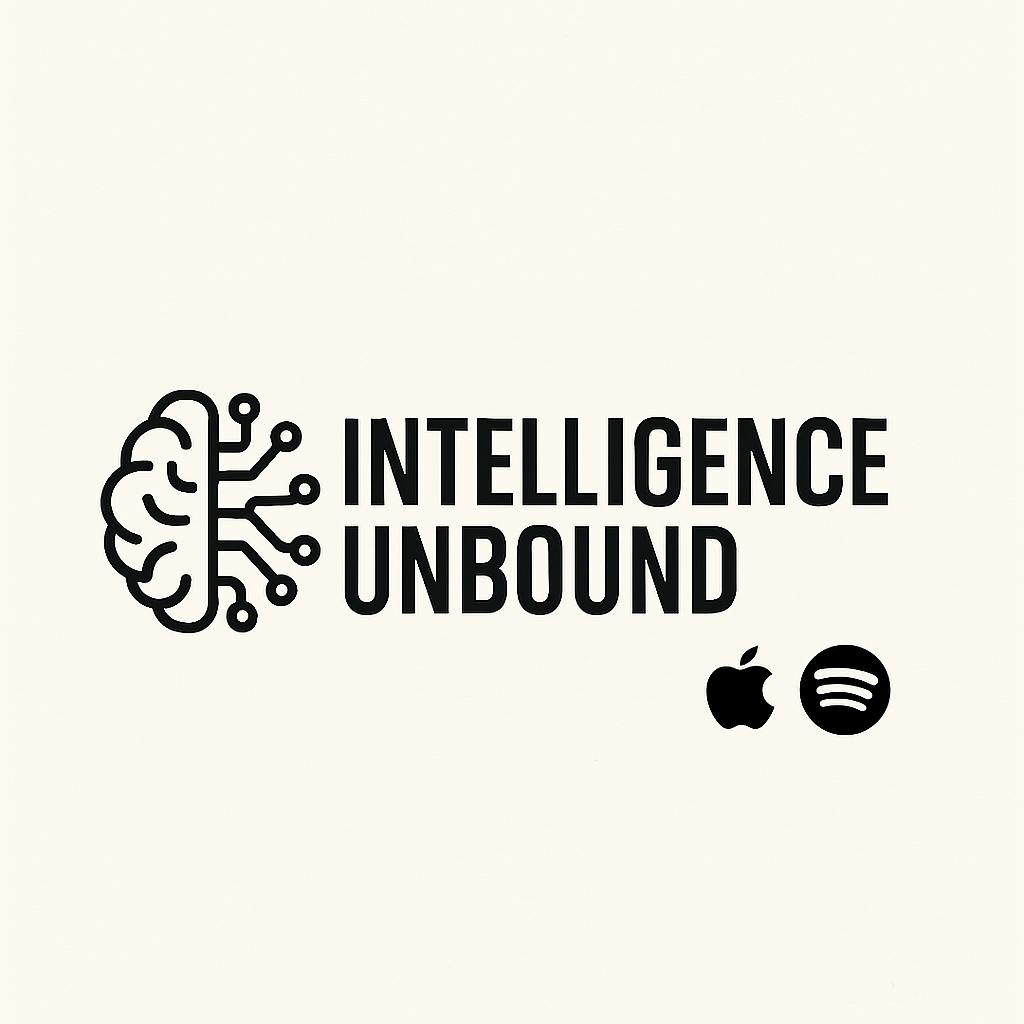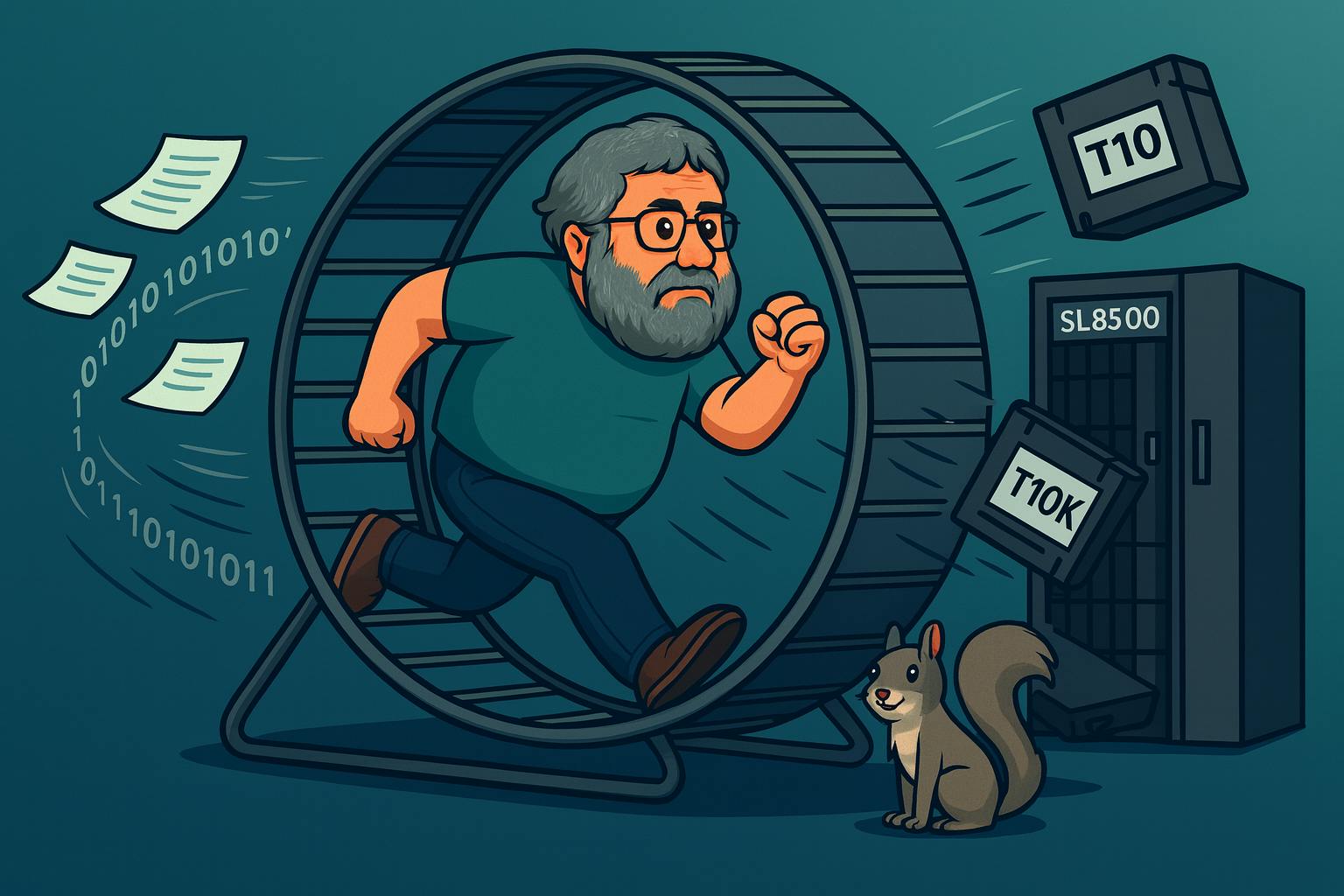The conversation around Artificial Intelligence in education is everywhere, charged with both bold optimism and deep anxiety. For every prediction of a revolutionary new era of learning, there is a counter-fear of cheating, lost critical thinking skills, and widening equity gaps. This constant hum of debate can leave students, educators, and parents feeling uncertain about what this profound technological shift truly means for the future of the classroom.
This post distills five critical, often counter-intuitive takeaways from a recent deep-dive by Google’s AI and education experts, moving beyond the noise to reveal the nuanced challenges and opportunities that truly matter. These insights highlight not just how AI will impact schools, but how it will force us to confront fundamental questions about learning itself.
1. Before AI Can “Fix” Education, It Has to Confront a Global Decline
AI isn’t arriving in a stable, thriving educational landscape; it is being introduced into a system already facing significant headwinds. Global learning outcomes have been on a downward trend for two decades, a fact starkly highlighted by the OECD’s Programme for International Student Assessment (PISA).
The 2022 PISA survey revealed an “unprecedented performance drop” across 81 countries and economies. Compared to just four years prior in 2018, the mean performance in mathematics had fallen by 15 points, while reading scores dropped by 10 points. This context is crucial because it frames the true test for AI. Its success won’t be measured by its novelty, but by its ability to help address pre-existing crises. With experts estimating the world will need 44 million more teachers by 2030 to provide universal education, AI’s real challenge is to support a system already under immense pressure from learning loss, resource inequality, and critical labor shortages.
2. The Real Promise of AI: A Personal Tutor for Every Learner
One of the most transformative potentials of AI in education is its ability to finally realize a long-sought-after goal: personalized learning at a massive scale. Decades of research have shown that “high-dosage” personal human tutoring has one of the largest positive impacts on student achievement, but it has remained inaccessible to the vast majority.
While AI tutors cannot replace the essential human connection of great teaching, they can act as a powerful complement or bridge, especially when human support is unavailable. This technology allows every student to work within their “zone of proximal development”; the sweet spot where a challenge is difficult enough to promote growth but not so difficult that it leads to frustration. This is a level of individual tailoring that traditional, one-to-many classroom models inherently struggle to achieve.
“While AI is by no means perfect, it does have the potential to reduce barriers and allow people to learn more effectively than before.”
3. Forget “Cheating” The Real Conversation Is About Reinventing Assessment
The fear that students will use AI to cheat on assignments is one of the most common concerns among educators. However, a more productive perspective proposes seeing this not just as a series of “individual bad decisions,” but as a “collective action problem.” This powerful reframing shifts the focus from policing students to rethinking how we assess learning in a world where AI is ubiquitous.
The presence of AI challenges us to move beyond assessments that test rote memorization and toward methods that measure true understanding. This could mean a greater emphasis on evaluation forms that AI cannot easily replicate, such as in-class debates, portfolio projects that show a student’s process over time, and oral examinations. Far from being just a threat, the challenge of creating “AI-proof” assignments is already proving to be a catalyst, pushing educators to develop more authentic and meaningful ways to measure what students truly know; often “resulting in something new and exciting.”
4. The Goal Isn’t to Eliminate Struggle, But to Eliminate Unproductive Struggle
A common worry is that AI will make things too easy, leading to “metacognitive laziness” and preventing students from engaging in the deep thinking necessary for learning. This, however, is based on the flawed premise that all struggle is beneficial. The goal isn’t to maximize struggle for its own sake, but, as educational psychologist John Sweller’s Cognitive Load Theory reminds us, “to focus effort on the mental work that matters.”
AI can be a powerful tool for reducing unproductive cognitive loads; for example, by helping a student make sense of fragmented text or overly complex diagrams. By offloading these extraneous tasks, a student’s finite mental energy can be channeled into higher-order tasks like critical reasoning, analysis, and creative problem-solving. The core opportunity, therefore, is to design AI tools that promote, rather than replace, deep thinking by scaffolding learners to engage in more complex reasoning on their own.
5. AI’s Biggest Equity Challenge Might Not Be Access, But Motivation
When considering equity, the conversation often centers on access to devices and connectivity. But the reality is more nuanced, as evidenced by the fact that the overall rates of AI use are remarkably high in certain middle-income countries. This suggests an even more profound challenge is emerging: the “5% problem.” This is the risk that the students who will most productively engage with AI learning tools are those who are already highly motivated. If research on AI’s effectiveness is based primarily on this self-selecting group, it could create a biased view of the tools’ potential and inadvertently widen, rather than close, achievement gaps.
As education researcher Mary Burns noted in her work for UNESCO, “traditionally the introduction of new digital technology into education often creates a stratification where the wealthiest students might gain access to newer forms of online learning, while poorer students often continue to rely on older technologies… or nothing at all.” This highlights that ensuring true equity requires far more than just providing access; it demands a deep focus on how to support all students (especially the least engaged) in using AI meaningfully and safely.
Conclusion: A New Set of Questions
Ultimately, AI is not a simple solution for the challenges facing education. Instead, it is a powerful catalyst that forces society to ask fundamental questions about the nature of teaching, the definition of knowledge, and the metrics of success in a rapidly changing world. From confronting learning decline to reinventing assessment and tackling motivation gaps, AI’s primary role is not to provide easy answers, but to force us to ask better questions.
As AI becomes woven into the fabric of our daily lives, we are left with the ultimate question we must now collectively answer: Will AI change what we need to learn, or even what it means to learn?
- Full paper: HERE
- Apple podcast: HERE
- Spotify: HERE
- Youtube: HERE










